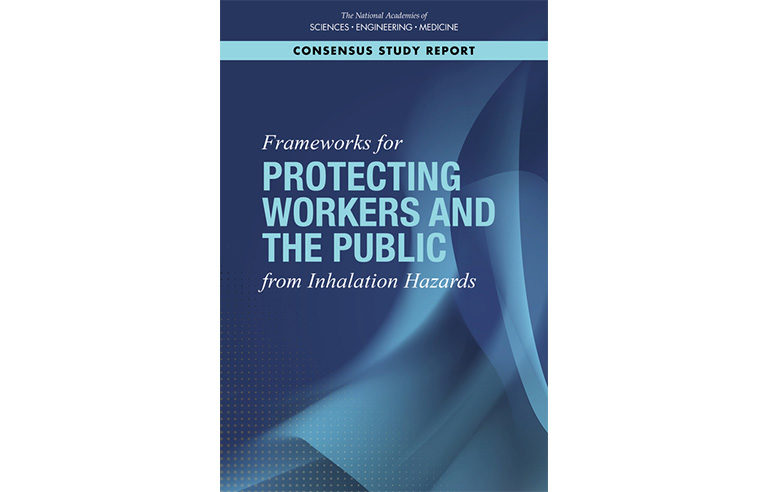National Academies webinars highlight developments in respiratory protection

Washington — Officials from OSHA and NIOSH joined stakeholders from industry and labor groups in a series of recent webinars to discuss a National Academies of Sciences, Engineering and Medicine report calling for separate respiratory protection frameworks for workers and the public.
For NIOSH Director John Howard, the process must include ongoing feedback from workers and users of respiratory protection, especially as the report committee calls for revising and/or establishing various standards related to respiratory protection programs and workplace exposure.
“If you don’t have the users involved right from the beginning, the designers don’t know which direction to go in, the regulators don’t know where to go,” Howard said July 20. “So, that clearly is something that, in our concept stage and several other stages, we want to involve the user community. It has to be feasible.”
In its report, NASEM recommends that OSHA coordinate the facilitation of a framework to meet worker respiratory protection needs.
The report committee expressed concern that respiratory protection programs outlined in OSHA’s standard on respiratory protection (1910.134) cover only select workers. NASEM calls on Congress to revise the Occupational Safety and Health Act of 1970 to address gaps in agency coverage and asks OSHA to revise statutory interpretations regarding definitions of employers and employees.
Andrew Levinson, director of OSHA’s Directorate of Standards and Guidance, said the agency is “developing a whole suite of new videos and short compliance assistance materials” related to respiratory protection, noting that OSHA finds “we can get to comprehensive materials in bite-sized chunks that are ready for just-in-time use by stakeholders.”
Levinson added that the process necessitates more research related to the level of protection provided by respirators that haven’t undergone fit testing. He recommends such analysis “look at simulated workplace protection factor-type studies that measure functional protection and go beyond the sorts of lab studies where the respirators or a mask is sealed to the mannequins’ faces.”
| Sign up for Safety+Health's free monthly email newsletters and get the news that's important to you. |
Any employer providing respirators must incorporate direction from an OSHA-required, written respiratory protection program.
Howard said “decades of research studies have shown that a respiratory protection program is an essential step in protecting workers.” He added that a high-quality respiratory protection program should include hazard evaluation for appropriate device selection, medical screening, fit testing, guidance on device use and maintenance, training, documentation, and program administration and evaluation.
For wearers using respirators that aren’t supplied by a respiratory protection program, “their protection is dubious, even when the device they are wearing conforms with appropriate standards and are approved,” Howard said. The coordination of federal regulations for “both respiratory protection devices’ permissibility and permissible use is imperative if protection is to be ensured.”
Post a comment to this article
Safety+Health welcomes comments that promote respectful dialogue. Please stay on topic. Comments that contain personal attacks, profanity or abusive language – or those aggressively promoting products or services – will be removed. We reserve the right to determine which comments violate our comment policy. (Anonymous comments are welcome; merely skip the “name” field in the comment box. An email address is required but will not be included with your comment.)

